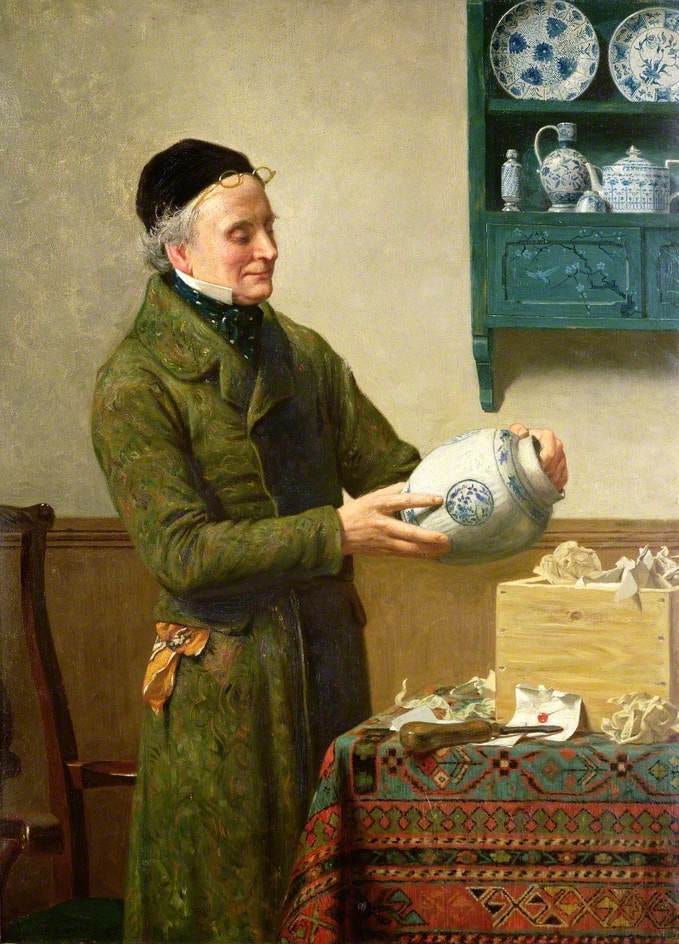In the days of powdered wigs, Chinese goods (such as porcelain cups and silk fabrics) imported into France fetched prices higher than the Eiffel Tower. Thus, persons of the Gallic persuasion who made local knockoffs of such items took great pains to make them look as Chinese as possible. However, as the artisans who did this work had never been to China, they often gave a distinctively French twist to the decorative figures they created. Thus, if you ever encounter a vase that depicts a mandarin who resembles Gérard Dépardieu, you know that you are dealing with a piece of chinoiserie.
Long before jazz musicians provided us with clever ways to describe the actions of the rhythmically challenged, French fencers used contretemps to describe such (literal) faux pas. Though such mistakes often resulted in the demise of clumsy swordsmen, the only fatalities that result from present-day contretemps are social ones. (These include pronouncing contretemps in a way that makes one think of Nicaraguan freedom fighters moonlighting as office workers.)
The links appended to the titles will take you to Google Translate, where you will find an icon similar to the one used with many volume controls. When you click that button, an authentic French robot will pronounce the word or phrase in question.





Thanks very much for another great read.
I can’t see the links, and now you’ve got me wondering about my French pronunciation, but thanks anyway :)
I love these posts.